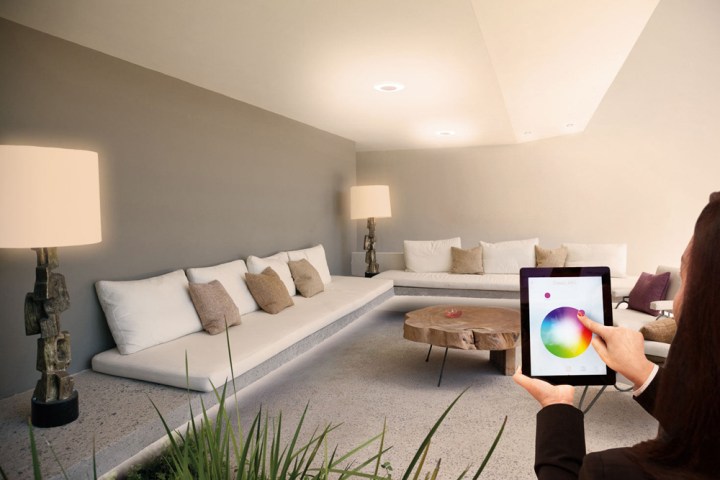
Of the nine vulnerabilities found by Heiland, the one likely responsible for the bulk of the problem lies with the smart bulb’s companion application, which stores unencrypted copies of an owner’s Wi-Fi password. Because of this, hackers could easily obtain this information via the app, which would grant them access to anything connected to the Wi-Fi network. In other words, this is bad.
“This is not just about being able to manipulate the light bulbs,” said University College London cybersecurity expert, Professor Angela Sasse. “The vulnerabilities here could give somebody access to control the network itself and that’s a very serious issue. In this day and age, you would regard that as an unacceptable security flaw. It’s a well known thing that you don’t store passwords like that — it’s really elementary.”
Currently, the company says it continues to analyze potential issues with its products and that most of the flaws will likely be resolved come August. For the remaining risks — which reportedly surround the companion ZigBee Hub — the company says it’s working to find a way to develop yet another patch, though it’s uncertain what the patch would actually target.
As smart home technology continues to grow, one of the most important aspects consumers look for is a device’s built-in security. Unfortunately for Osram, until it fixes its issue of unencrypted Wi-Fi passwords, it’s likely few people will be knocking down its door to install a Lightify system.



